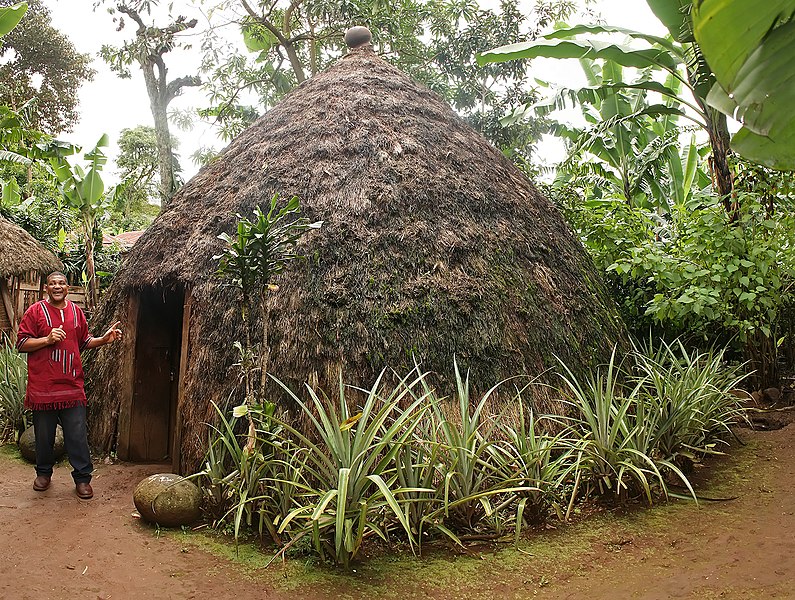Usòrò:Chaga hut noadj.jpg

Otu nyochaa a ha:795 × 600 piksels Ndị ọzọ mkpebi:318 × 240 piksels | 636 × 480 piksels | 1,018 × 768 piksels | 1,280 × 966 piksels | 1,600 × 1,207 piksels.
Failụ si na nke mbu (1,600 × 1,207 pixel, ívù akwukwo orunótu: 1.66 MB, MIME nke: image/jpeg)
Ịta nke usòrò
Bìri èhì/ogè k'ị hụ òtù ụ̀fa dị̀ m̀gbè ahụ̀.
| Èhì/Ogè | Mbọ-aka | Ógólógó na asaá | Òjìème | Nkwute | |
|---|---|---|---|---|---|
| dị ùgbu â | 09:01, 7 Ọgọọst 2009 |  | 1,600 × 1,207 (1.66 MB) | Muhammad Mahdi Karim | {{Information |Description={{en|A traditional Chaga hut in Kilimanjaro. The hut is surrounded by pineapple plants which are thorny, preventing snakes and other animals from entering the hut. The pine |
Ojiji faịlụ
Ihe ndị na-eso ihe eji Ihu akwụkwọ eme na faịlụ a:
Ejiji failụ zụrụ ọha
Wikis ndi a edeputara na eji kwa failụ a:
- Ihe eji na arz.wikipedia.org
- Ihe eji na de.wikipedia.org
- Ihe eji na en.wikipedia.org
- Talk:Chaga people
- User:Muhammad Mahdi Karim
- Wikipedia:Featured picture candidates/August-2009
- Wikipedia:Featured picture candidates/File:Chaga hut.jpg
- Wikipedia:Picture of the day/November 2010
- Wikipedia:Featured picture candidates/delist/2010
- User talk:Muhammad Mahdi Karim/Archive 5
- Template:POTD/2010-11-08
- Wikipedia:Featured picture candidates/delist/File:Chaga hut.jpg
- User:Vietnamesepresident/Gallery
- User talk:Muhammad Mahdi Karim/Archive 7
- Globally Important Agricultural Heritage Systems
- User:Walkuraxx/African ethnic groups
- Ihe eji na eo.wikipedia.org
- Ihe eji na es.wikipedia.org
- Ihe eji na fa.wikipedia.org
- Ihe eji na fr.wikipedia.org
- Ihe eji na lt.wikipedia.org
- Ihe eji na nl.wikipedia.org
- Ihe eji na no.wikipedia.org
- Ihe eji na pa.wikipedia.org
- Ihe eji na ru.wikipedia.org
- Ihe eji na ta.wikipedia.org
- Ihe eji na uk.wikipedia.org
- Ihe eji na vi.wikipedia.org
- Ihe eji na www.wikidata.org

